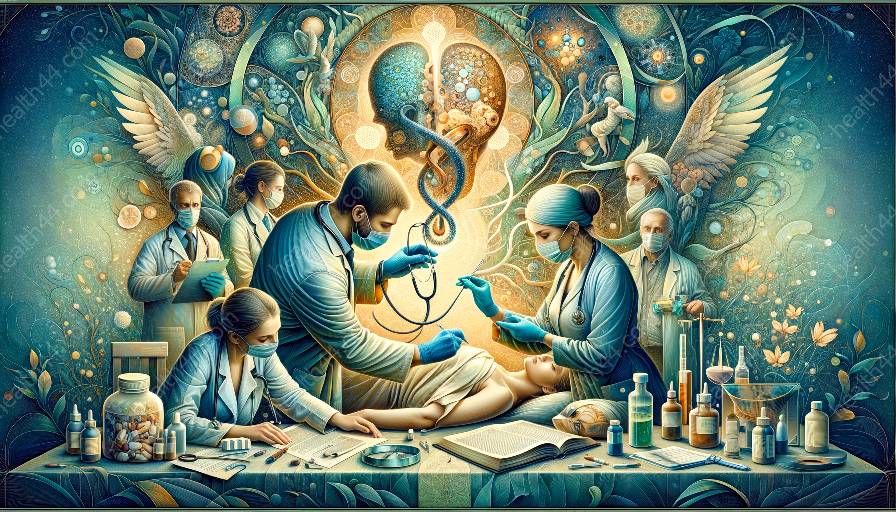Headaches are a common neurological condition that can have a significant impact on a person's quality of life. Understanding the neurobiology of headaches is crucial for effective diagnosis, treatment, and management.
Types of Headaches
Headaches can be classified into primary and secondary types. Primary headaches, such as tension-type headaches, migraines, and cluster headaches, occur independently and are not associated with any underlying medical condition. Secondary headaches, on the other hand, are caused by an underlying condition, such as medication overuse, head injury, or infection.
Neurobiological Mechanisms of Headaches
The neurobiology of headaches involves complex mechanisms that are still not fully understood. However, several key factors have been identified, including:
- Trigeminal Nerve Activation: The trigeminal nerve plays a crucial role in the pathophysiology of headaches, particularly migraines. Activation of the trigeminal nerve leads to the release of neuropeptides, resulting in neurogenic inflammation and pain.
- Neurotransmitter Imbalance: Imbalance in neurotransmitters such as serotonin, dopamine, and norepinephrine has been implicated in the development of headaches, particularly migraines.
- Cortical Spreading Depression: This phenomenon involves a wave of neuronal and glial depolarization followed by a period of prolonged neuronal suppression, and is believed to be a key event in the initiation of migraines.
Causes and Triggers
Several factors can contribute to the development and triggering of headaches, including genetic predisposition, environmental factors, and individual lifestyle choices. Common triggers for migraines and other types of headaches include stress, certain foods, hormonal changes, and sensory stimuli.
Diagnosis and Treatment
Diagnosing the neurobiology of headaches involves a comprehensive evaluation of the patient's medical history, symptoms, and potential triggers. Neurological examinations, imaging studies, and laboratory tests may also be necessary to rule out secondary causes of headaches.
Treatment for headaches often involves a combination of lifestyle modifications, medications, and, in some cases, interventional procedures. Medications used to manage headaches target various neurobiological pathways, including the modulation of neurotransmitters, inflammation, and pain perception.
Neurology and Internal Medicine Perspectives
The neurobiology of headaches is of particular interest to both neurologists and internal medicine specialists. Neurologists are well-equipped to diagnose and manage various types of headaches, especially those with complex or chronic presentations. Internal medicine specialists play a crucial role in addressing any underlying medical conditions that may contribute to secondary headaches and in coordinating multidisciplinary care for patients with complex headache disorders.
Understanding the neurobiology of headaches is essential for both neurologists and internal medicine specialists to provide comprehensive and effective care for patients with this common neurological condition.


